Home>Furniture & Design>Bathroom Accessories>How To Unclog A Bathtub Drain Naturally
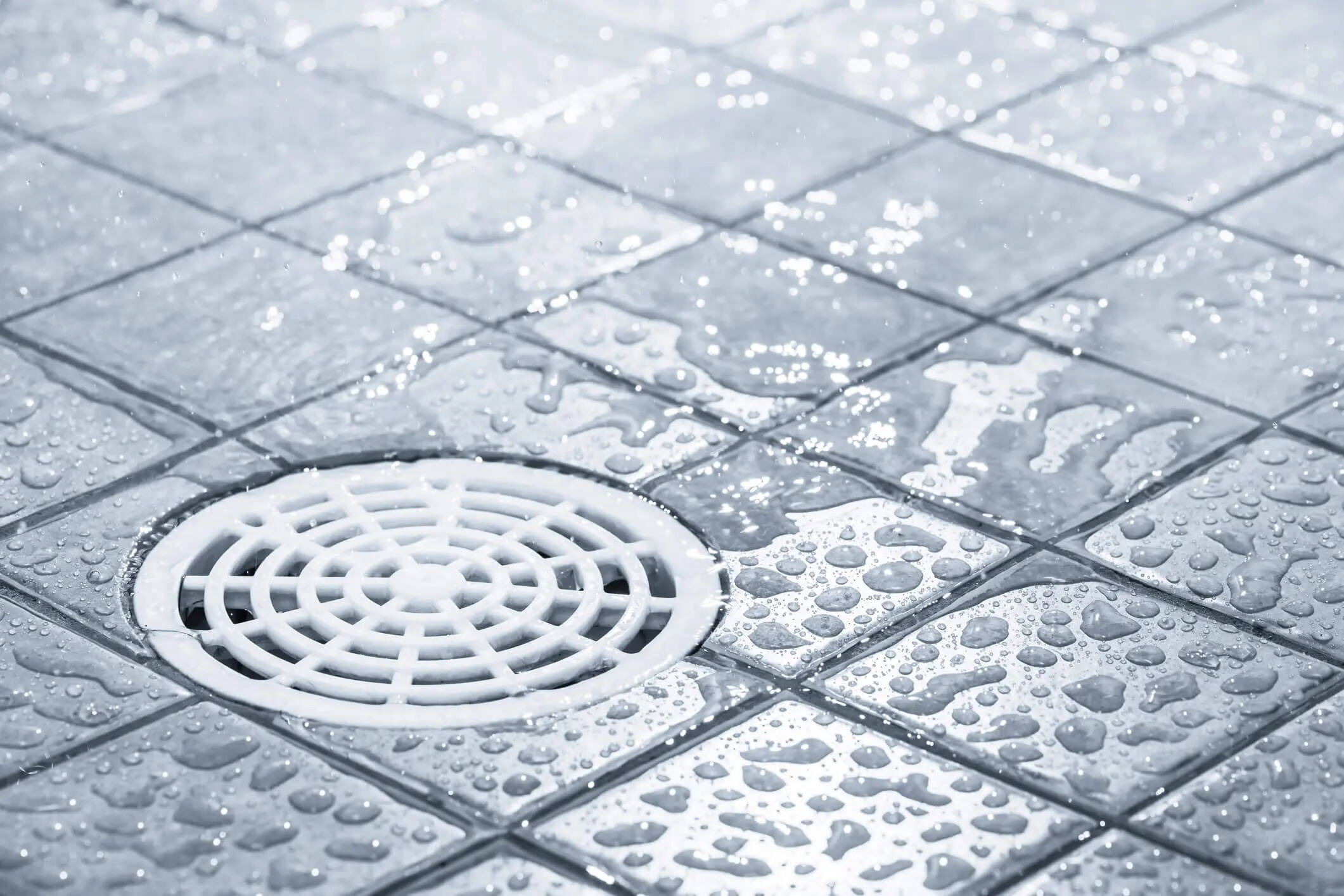

Bathroom Accessories
How To Unclog A Bathtub Drain Naturally
Modified: March 2, 2024
Learn how to naturally unclog a bathtub drain using simple bathroom accessories. Say goodbye to clogs with these effective and eco-friendly solutions.
(Many of the links in this article redirect to a specific reviewed product. Your purchase of these products through affiliate links helps to generate commission for Storables.com, at no extra cost. Learn more)
Introduction
A clogged bathtub drain can be a frustrating and inconvenient problem to deal with. Whether it's due to a buildup of hair, soap scum, or other debris, a clogged drain can disrupt your daily routine and lead to standing water in the tub. However, before reaching for harsh chemical drain cleaners or calling a plumber, there are natural and effective methods you can try to unclog your bathtub drain.
In this comprehensive guide, we will explore various techniques to tackle a clogged bathtub drain without resorting to harsh chemicals or professional assistance. From using common household items like baking soda and vinegar to employing a plunger or drain snake, we'll cover a range of solutions to help you restore proper drainage to your bathtub.
By understanding the causes of bathtub drain clogs and learning how to address them using natural methods, you can save time and money while minimizing the use of potentially harmful chemicals in your home. So, let's dive into the world of natural bathtub drain unclogging methods and empower ourselves to tackle this common household issue with confidence and eco-friendly solutions.
Key Takeaways:
- Say goodbye to clogged bathtub drains with natural solutions like baking soda and vinegar. It’s a safe, eco-friendly, and effective way to keep your plumbing clear and odor-free.
- Keep your bathtub drain flowing smoothly by using a drain strainer and incorporating regular maintenance with baking soda and vinegar. Prevent clogs and maintain a healthy plumbing system for the long run.
Read more: How Unclog Bathtub Drain
Identifying the cause of the clog
Before diving into the unclogging process, it's crucial to identify the root cause of the clog. Understanding what's causing the blockage will help determine the most effective method for clearing the drain. In the case of a bathtub drain, the most common culprits are hair, soap scum, and mineral deposits.
Hair is a primary offender when it comes to bathtub drain clogs. As we shower or bathe, loose strands of hair can accumulate in the drain over time, creating a barrier that impedes water flow. Additionally, soap scum, which is a byproduct of combining soap with hard water, can build up along the walls of the drain pipes, further contributing to blockages. Mineral deposits from hard water can also accumulate and constrict the flow of water through the drain.
To identify the cause of the clog, start by observing the drainage patterns in your bathtub. If the water is draining slowly or not at all, there's likely a blockage. Remove the drain cover and visually inspect the drain to see if you can spot any hair or debris near the surface. If the blockage is not immediately visible, it may be deeper within the pipes.
Another method for identifying the cause of the clog is to listen for gurgling or bubbling sounds when water is draining. These noises can indicate that the water is encountering an obstruction within the pipes. Additionally, if you notice water backing up in the bathtub or an unpleasant odor emanating from the drain, these are further signs of a clog.
By taking the time to assess the symptoms and potential causes of the clog, you can better prepare to address the issue effectively. Understanding what's causing the blockage will inform your approach to unclogging the drain, whether it involves using natural remedies like baking soda and vinegar or employing tools such as a plunger or drain snake. With a clear understanding of the cause, you can proceed with confidence, knowing that you're taking targeted steps to resolve the clog and restore proper drainage to your bathtub.
Using baking soda and vinegar
One of the most popular and environmentally friendly methods for unclogging a bathtub drain is by using a combination of baking soda and vinegar. This natural approach harnesses the power of a simple chemical reaction to break down and dislodge the materials causing the blockage.
To begin, remove any standing water from the bathtub and dry the area around the drain. Start by pouring about half a cup of baking soda directly into the drain. Baking soda, also known as sodium bicarbonate, is a mild alkali that can help break down organic matter and odors. It's a gentle yet effective cleaning agent that is commonly used in various household applications.
Next, pour an equal amount of vinegar into the drain. As the vinegar comes into contact with the baking soda, a fizzy reaction occurs, producing carbon dioxide gas. This effervescent reaction helps to dislodge debris, such as hair and soap scum, that may be contributing to the clog. The bubbling action also helps to agitate and loosen the blockage, allowing it to be flushed away more easily.
After pouring the vinegar, immediately cover the drain opening with a stopper or a cloth to contain the fizzing action within the drain. This containment helps to direct the pressure of the reaction downward, further aiding in dislodging the clog.
Allow the baking soda and vinegar mixture to work its magic for about 15-30 minutes. During this time, the chemical reaction will continue to break down the blockage and help to neutralize any unpleasant odors emanating from the drain.
Once the allotted time has passed, carefully remove the stopper or cloth and flush the drain with hot water. The hot water helps to wash away any remaining residue and ensures that the loosened debris is fully cleared from the drain pipes.
This natural and non-toxic method is not only effective in unclogging bathtub drains, but it also helps to deodorize the drain and maintain its cleanliness. By using common household items like baking soda and vinegar, you can tackle drain clogs without relying on harsh chemicals, making it a safe and eco-friendly solution for maintaining your plumbing system.
Incorporating this natural remedy into your regular maintenance routine can also help prevent future clogs, as the mild cleaning action of baking soda and vinegar can help keep the drain pipes clear of buildup. By harnessing the power of this simple yet effective chemical reaction, you can maintain a smoothly flowing bathtub drain while minimizing the use of harsh chemicals in your home.
Using a plunger
When it comes to tackling a stubborn bathtub drain clog, a plunger can be a highly effective tool for dislodging the blockage and restoring proper drainage. The familiar rubber cup of a plunger creates a seal over the drain opening, allowing you to apply focused pressure to dislodge the obstruction.
To begin, ensure that there is enough water in the bathtub to cover the bottom of the plunger cup. This water helps to create a seal and provides hydraulic pressure when plunging. If the water level is low, add enough to cover the bottom of the cup.
Next, position the plunger over the drain opening, ensuring a tight seal between the rubber cup and the surface around the drain. Hold the handle of the plunger firmly and begin to push and pull in a rhythmic motion. The goal is to create a suction and pressure action that can help dislodge the clog.
As you plunge, maintain a steady and consistent rhythm, applying firm pressure with each push and pull. The back-and-forth motion helps to agitate the blockage and create movement within the drain pipes, potentially loosening and clearing the obstruction.
It's important to plunge with patience and persistence, as it may take several attempts to fully clear the clog. If the blockage is particularly stubborn, you may need to repeat the plunging process multiple times to achieve the desired result.
After plunging, remove the plunger and run hot water into the bathtub to test the drainage. If the water drains freely, the clog has likely been successfully cleared. If the water continues to drain slowly or remains backed up, you may need to repeat the plunging process or consider using an alternative method to address the clog.
Using a plunger to unclog a bathtub drain is a straightforward and accessible method that can be effective for addressing common blockages caused by hair, soap scum, and other debris. By harnessing the power of hydraulic pressure and suction, a plunger provides a practical and eco-friendly solution for restoring proper drainage to your bathtub without the need for harsh chemicals or professional assistance.
Incorporating the use of a plunger into your regular maintenance routine can help prevent minor clogs from escalating into more significant issues. By addressing clogs promptly and effectively, you can maintain the optimal function of your bathtub drain while minimizing the need for extensive repairs or interventions.
Using a drain snake
When traditional methods such as baking soda and vinegar or a plunger fail to clear a stubborn bathtub drain clog, a drain snake, also known as a plumbing auger, can be a valuable tool for tackling more challenging blockages. A drain snake is a flexible, coiled wire with a corkscrew-like tip that is designed to navigate through the drain pipes, effectively breaking up and removing obstructions.
To begin using a drain snake, you'll need to remove the drain cover and carefully insert the tip of the snake into the drain opening. As you feed the snake into the drain, you may encounter resistance, indicating that the tip has reached the blockage. By gently maneuvering and rotating the snake, you can work to break apart the clog and gradually advance the snake further into the pipes.
Once the snake has penetrated the blockage, you can begin to retract it while continuing to rotate the handle. This action helps to entangle and dislodge the debris, allowing it to be pulled back up and out of the drain. It's important to proceed with caution and avoid using excessive force, as this can potentially damage the drain pipes.
As you continue to work the snake into the drain, you may encounter resistance or feel the snake moving more freely, indicating that the blockage has been successfully cleared. It's essential to be patient and methodical when using a drain snake, as it may take several attempts to fully dislodge the clog and restore proper drainage.
After using the drain snake, it's advisable to flush the drain with hot water to ensure that any remaining debris is fully cleared from the pipes. This step helps to verify that the blockage has been effectively addressed and that the drain is flowing freely once again.
Using a drain snake to unclog a bathtub drain provides a targeted and effective solution for addressing more stubborn blockages caused by hair, soap scum, and other materials. By physically breaking apart and removing the obstruction, a drain snake offers a practical and environmentally friendly method for restoring optimal drainage without the need for harsh chemicals or professional intervention.
Incorporating the use of a drain snake into your regular maintenance routine can help address persistent clogs and prevent them from escalating into more significant issues. By taking proactive measures to maintain the cleanliness and functionality of your bathtub drain, you can minimize the need for extensive repairs and ensure smooth drainage for years to come.
Read more: How To Unclog A Bathtub Drain With Bleach?
Preventing future clogs
Preventing future clogs in your bathtub drain is essential for maintaining optimal drainage and minimizing the need for frequent unclogging efforts. By implementing proactive measures and adopting good habits, you can significantly reduce the likelihood of encountering stubborn blockages in the future.
Use a drain strainer
One effective way to prevent hair, soap scum, and other debris from accumulating in your bathtub drain is to use a drain strainer. These simple yet effective devices are designed to fit over the drain opening, capturing hair and other particles before they have the chance to enter the drain. By regularly cleaning the strainer and removing any trapped debris, you can prevent these materials from building up within the drain pipes and causing blockages.
Regular maintenance with baking soda and vinegar
Incorporating regular maintenance treatments using baking soda and vinegar can help keep your bathtub drain clear and free from buildup. By periodically pouring a mixture of baking soda and vinegar into the drain, followed by hot water, you can help break down organic matter, neutralize odors, and maintain the cleanliness of the drain pipes. This simple and eco-friendly practice can contribute to the prevention of future clogs while promoting the overall health of your plumbing system.
Minimize the use of oily and greasy products
To prevent the accumulation of greasy residues in your bathtub drain, be mindful of the products you use during bathing or showering. Oily soaps, hair products, and bath oils can leave behind sticky residues that contribute to clogs over time. Opt for water-soluble products and be cautious when using oily or greasy substances in the bathtub to minimize the buildup of these materials within the drain pipes.
Regular hot water flush
Periodically flushing your bathtub drain with hot water can help prevent the accumulation of soap scum and other residues within the pipes. Hot water helps to dissolve and wash away these substances, keeping the drain clear and promoting smooth water flow. By incorporating this simple practice into your routine maintenance, you can proactively prevent the buildup of materials that can lead to clogs.
Professional inspection and maintenance
Consider scheduling periodic professional inspections and maintenance for your plumbing system, including the bathtub drain. A qualified plumber can assess the condition of the drain pipes, identify potential issues, and perform preventive maintenance to keep the drainage system in optimal condition. By addressing any underlying concerns and proactively maintaining the plumbing infrastructure, you can minimize the risk of encountering significant clogs and ensure the long-term functionality of your bathtub drain.
By implementing these preventive measures and incorporating them into your regular maintenance routine, you can effectively minimize the occurrence of clogs in your bathtub drain. Taking proactive steps to maintain the cleanliness and functionality of the drain pipes can save you time, effort, and potential frustration in the long run, ensuring that your bathtub drain remains clear and free-flowing for years to come.
Frequently Asked Questions about How To Unclog A Bathtub Drain Naturally
Was this page helpful?
At Storables.com, we guarantee accurate and reliable information. Our content, validated by Expert Board Contributors, is crafted following stringent Editorial Policies. We're committed to providing you with well-researched, expert-backed insights for all your informational needs.
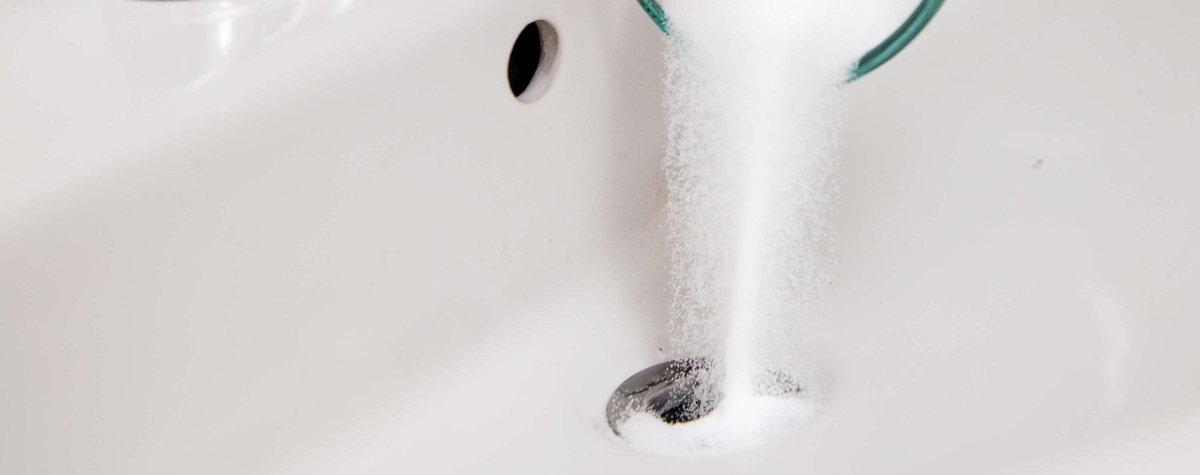
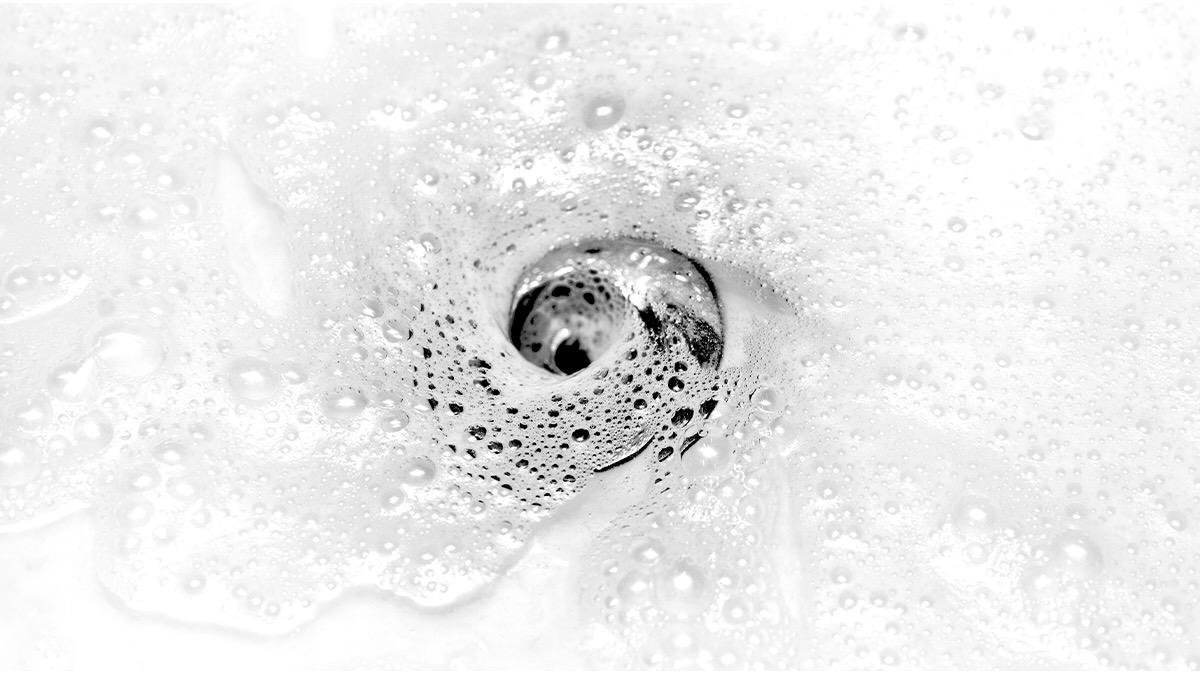
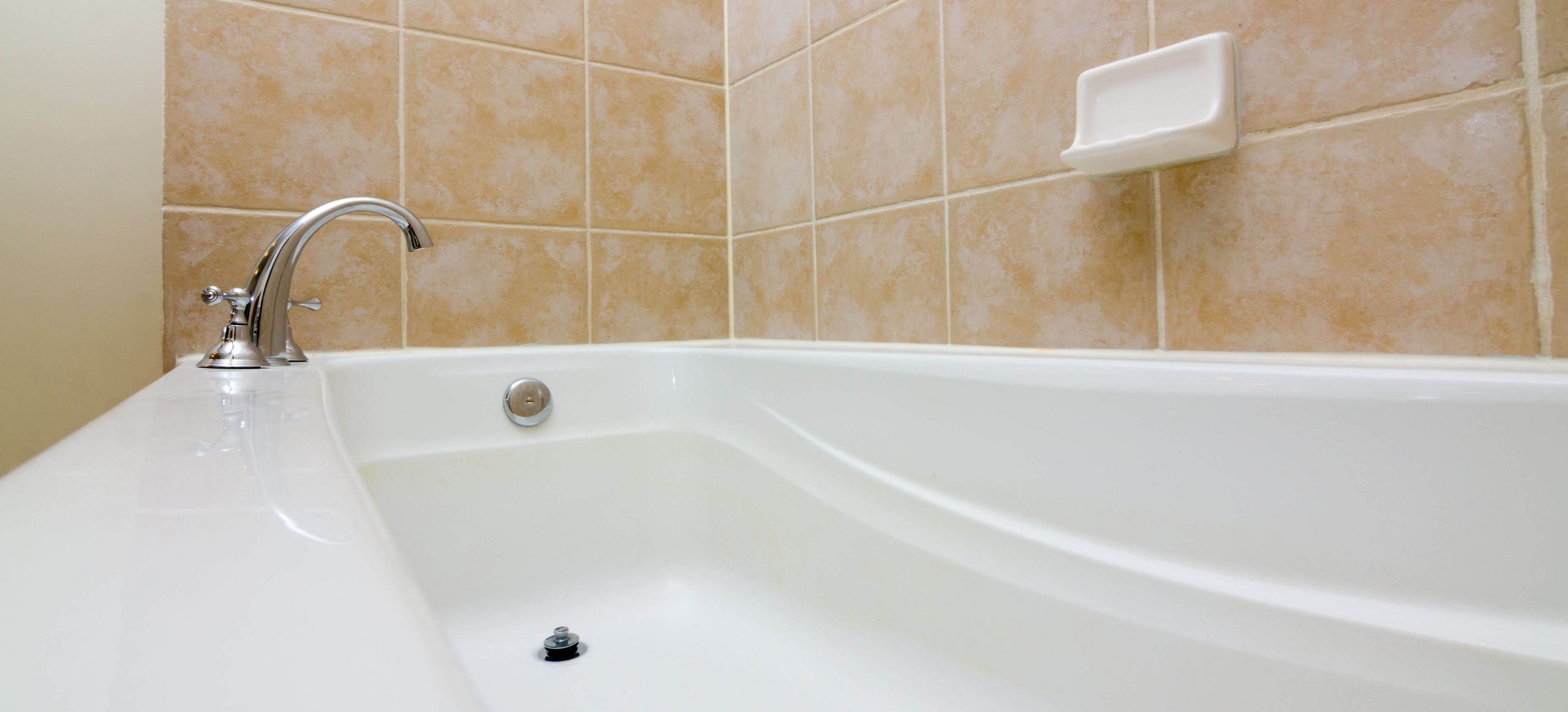
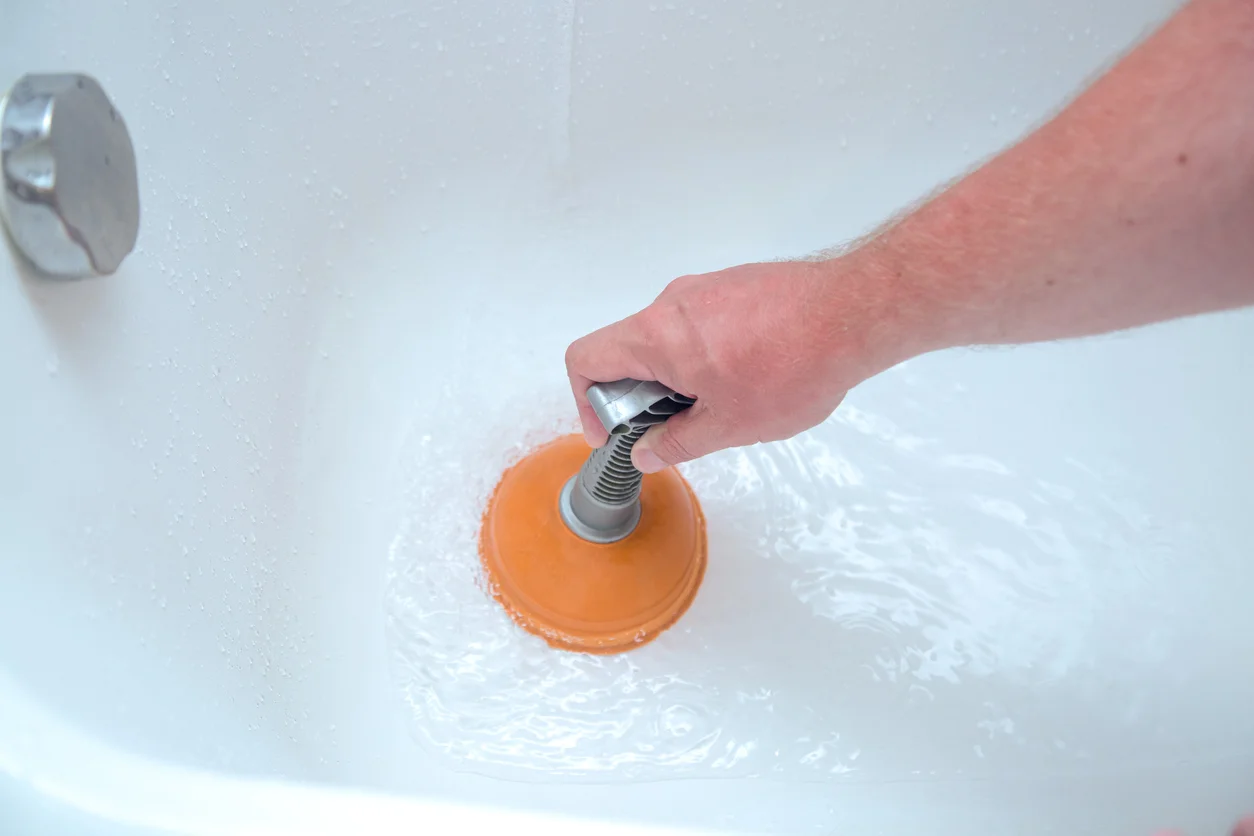
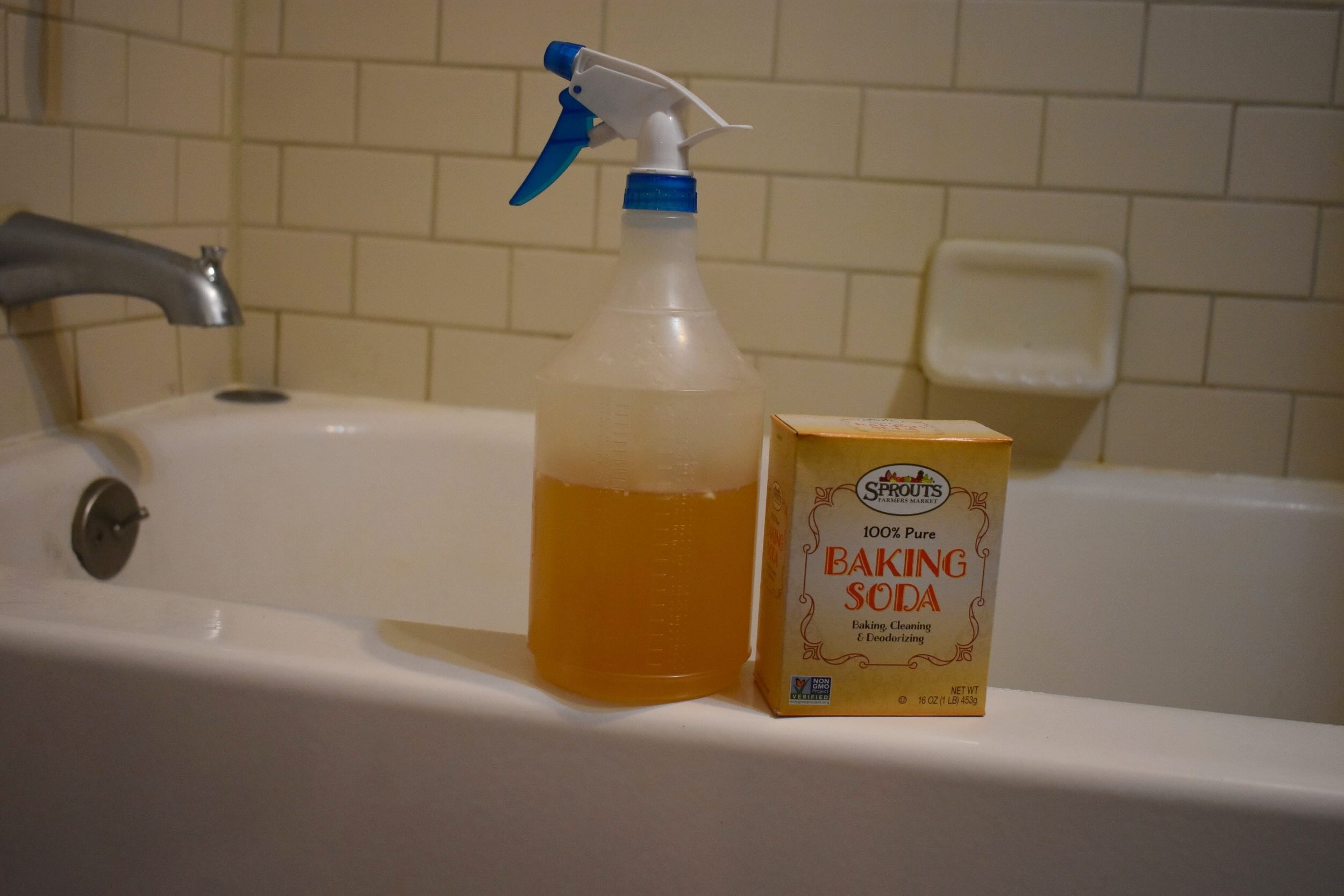
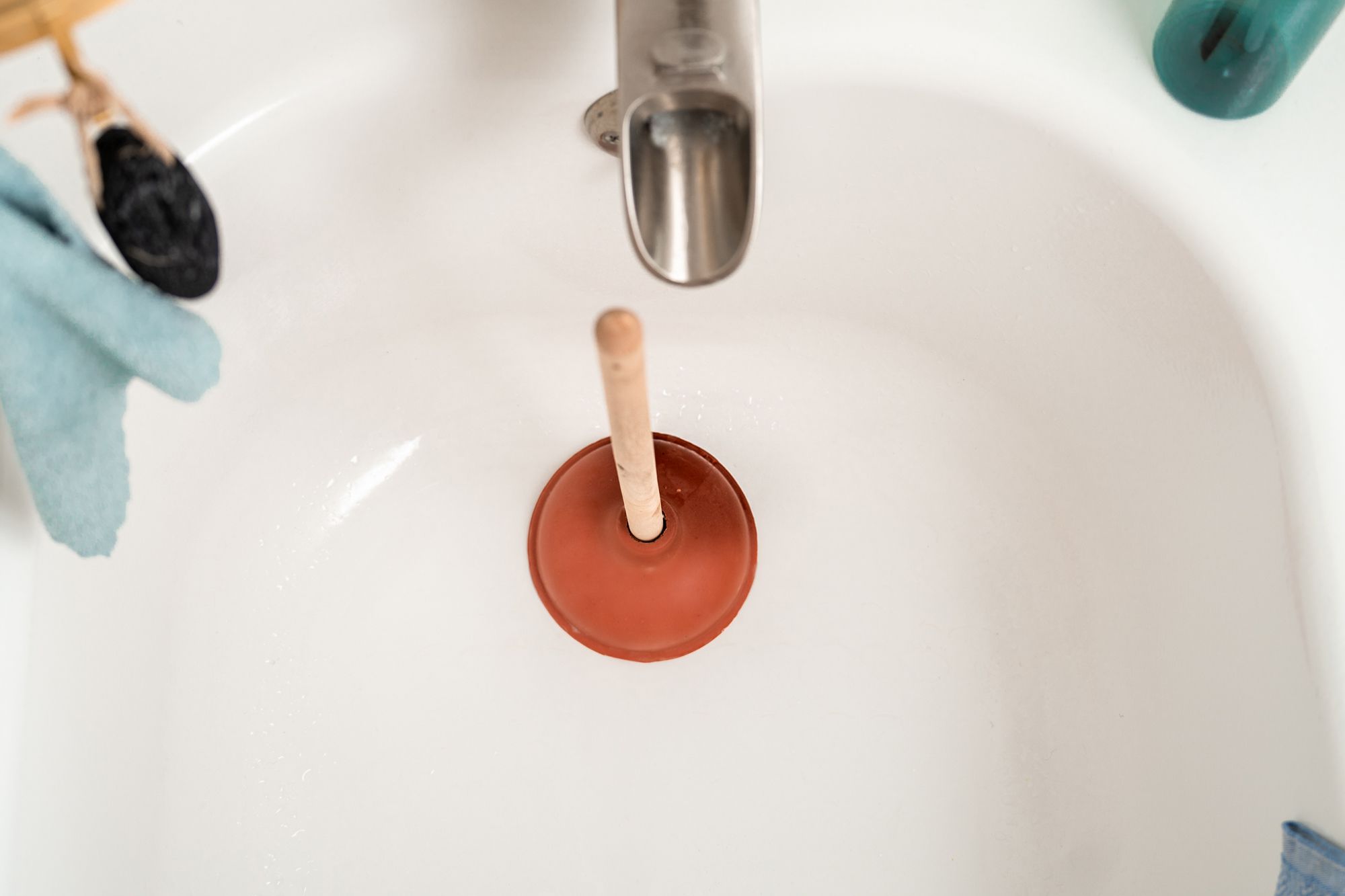
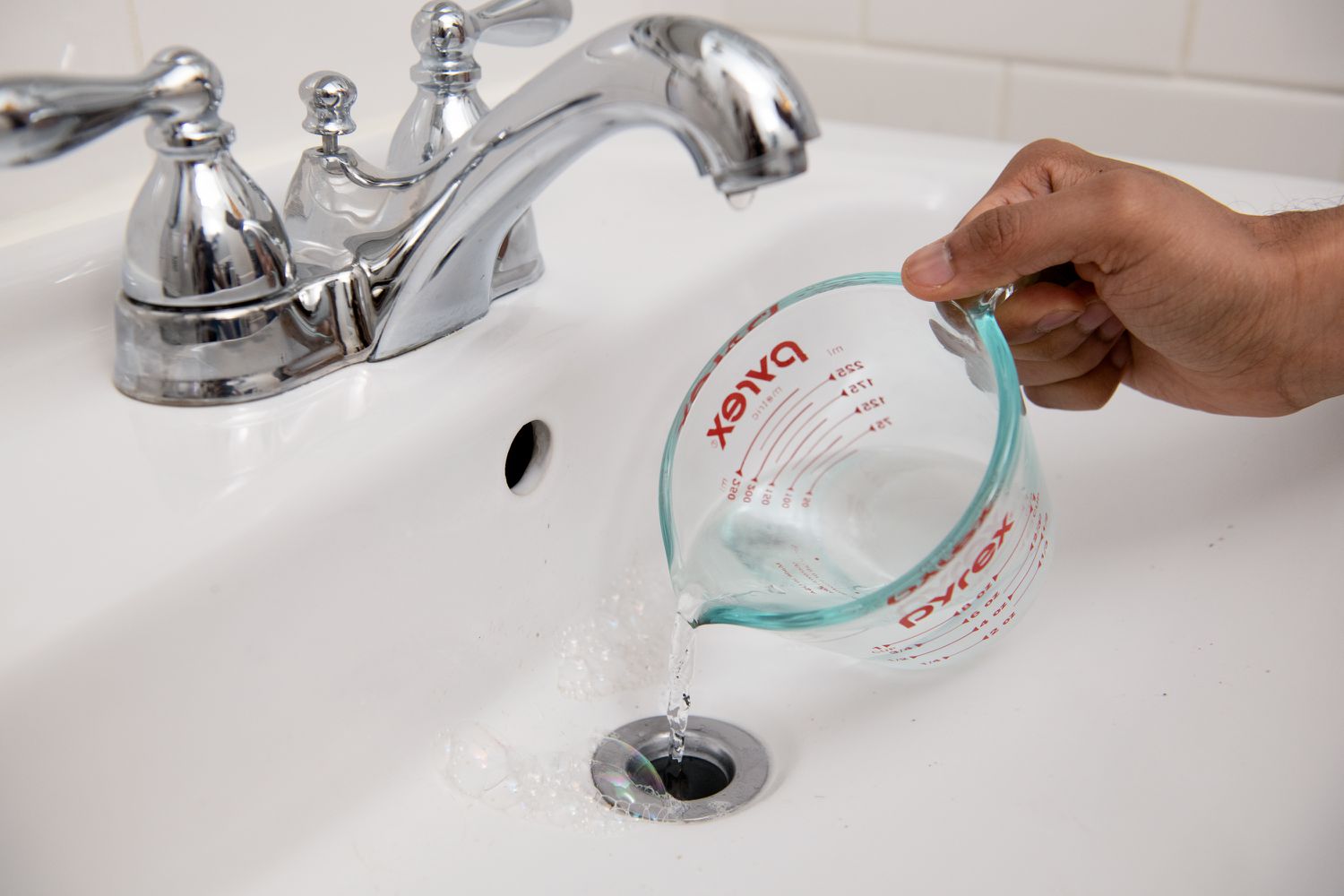
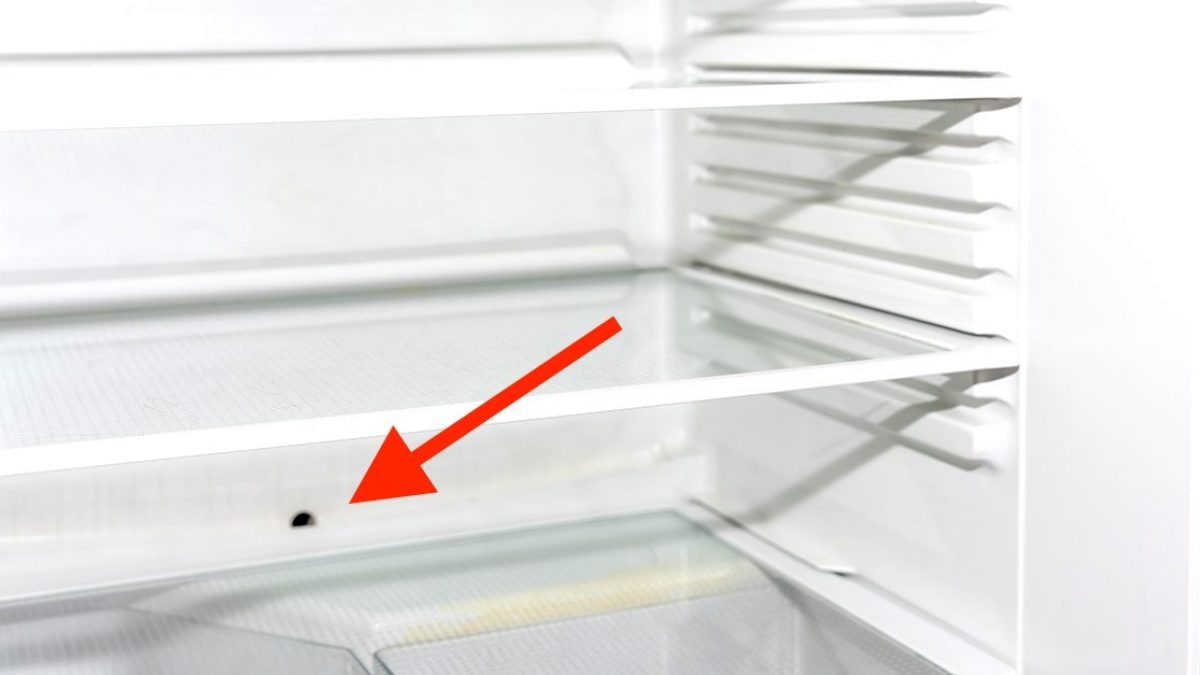
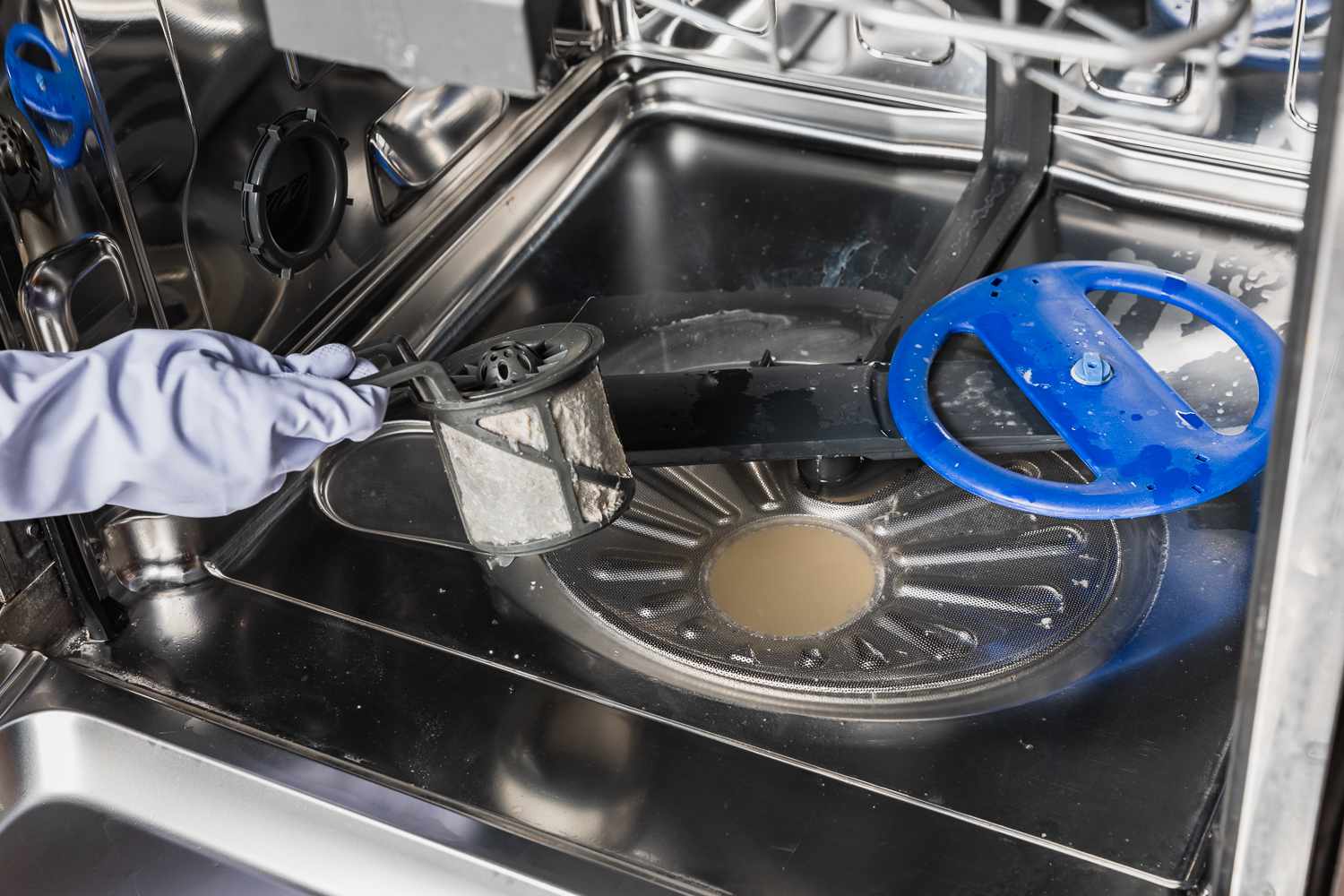

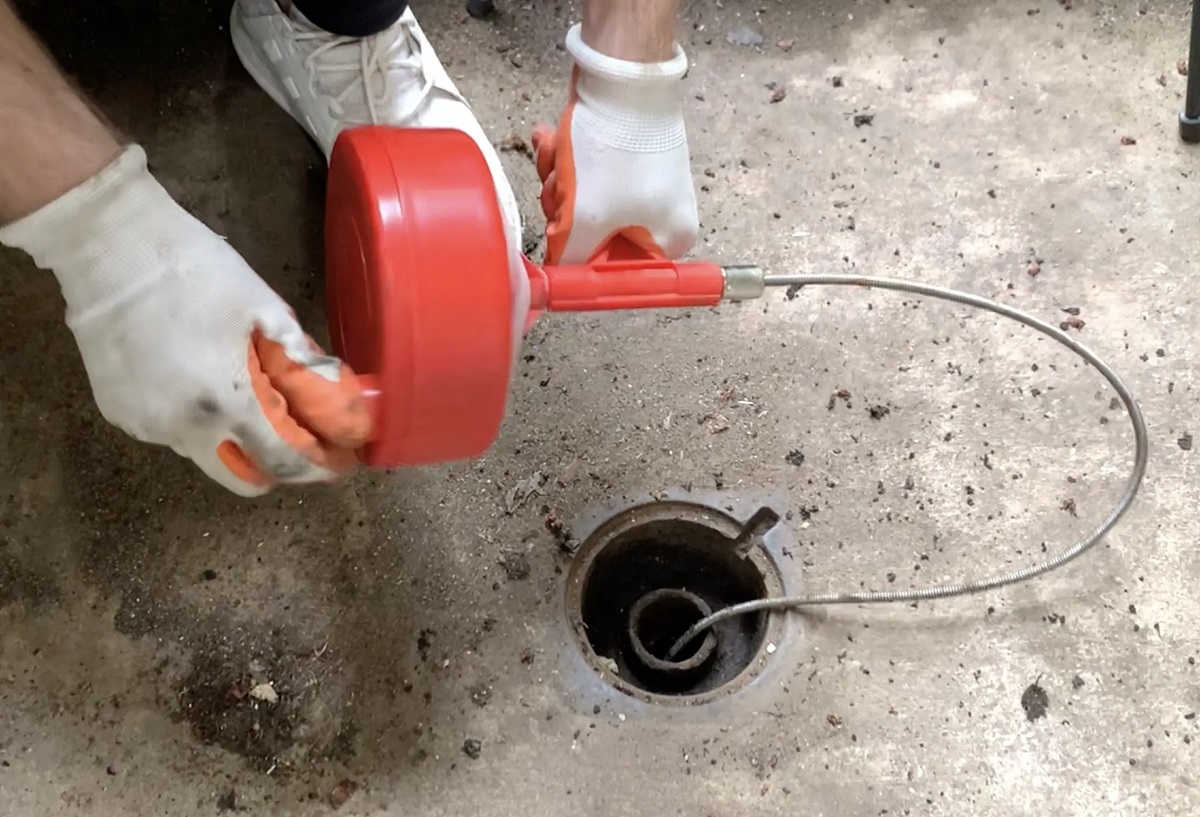
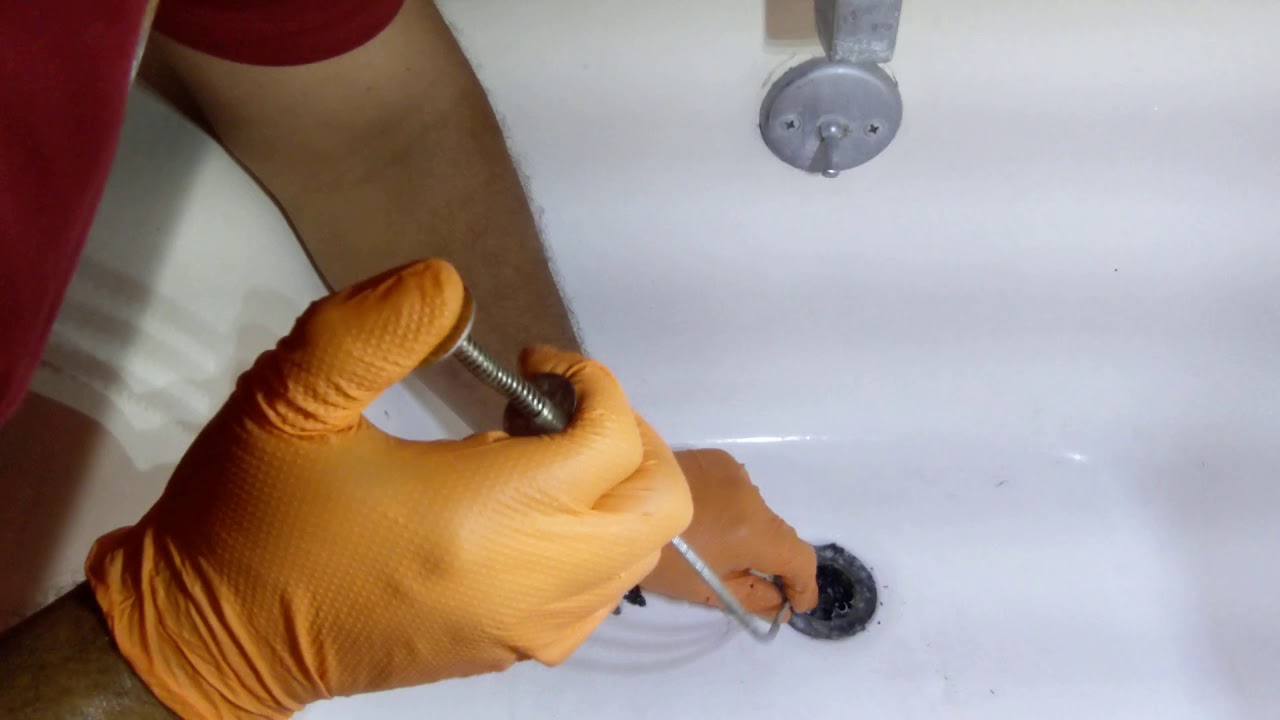
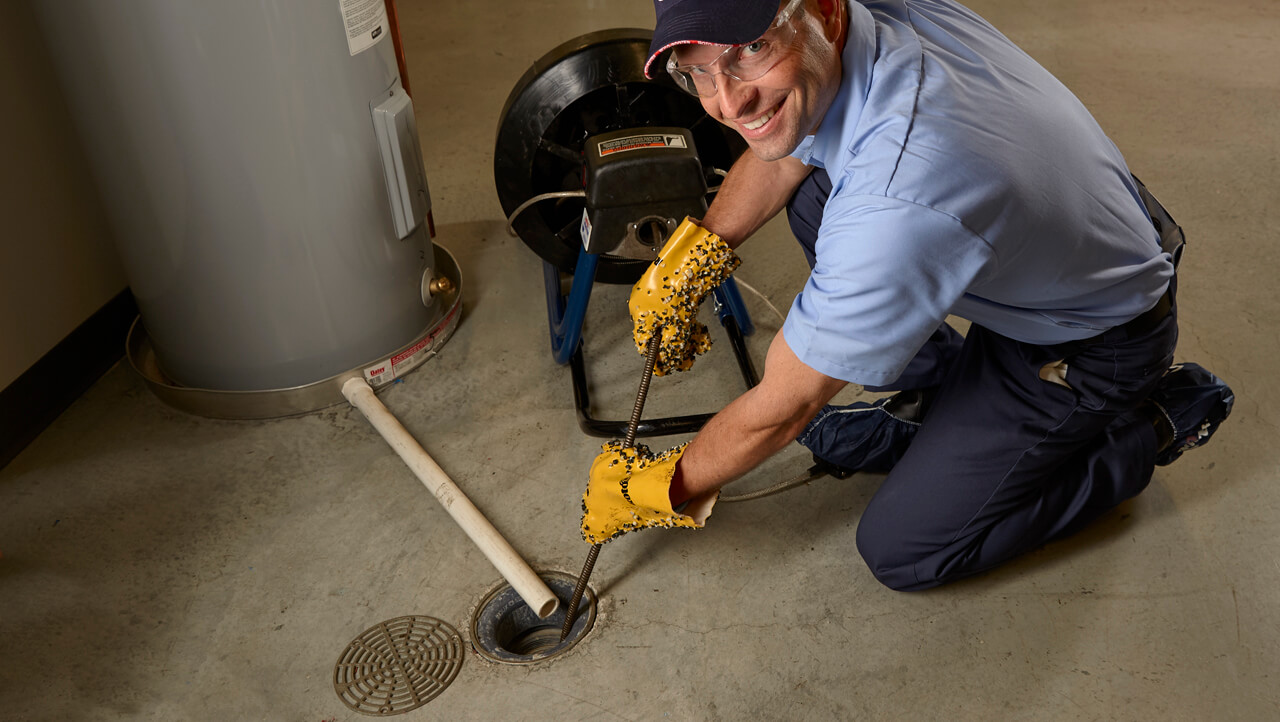

0 thoughts on “How To Unclog A Bathtub Drain Naturally”